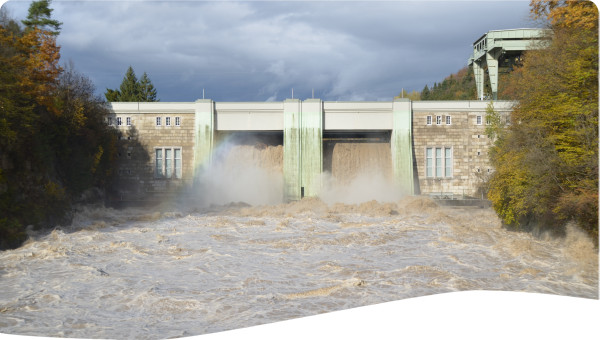The concept of virtual water was first proposed by geographer Tony Allan in 1993, referring to the amount of water needed to produce products and services. Research on virtual water has gradually increased in recent years. This paper explored the current research status of virtual water from the aspects of virtual water accounting methods, impact assessment, and research limitations and gaps. In terms of research methods, in addition to continuing to use traditional virtual water accounting methods, recent research also focuses on the use of an input-output model to calculate virtual water content, scenario analysis methods to predict future virtual water flow trends, and the gravitational model to analyze driving factors. The research content has also gradually diversified, from quantifying the virtual water content of commodities and analyzing virtual water flow paths, it has gradually evolved into “temporal and spatial evolution of virtual water trade, research combined with water footprint, virtual water and economic development, virtual water impact assessment, analysis of virtual water flow driving force” and other research content. The prediction and driving factors analysis of virtual water need further research; the availability and accuracy of data must be ensured. So virtual water research still needs to be improved and perfected. Virtual water research is an interdisciplinary discipline involving hydrology, socio-economy, and the ecological environment, so future research should be conducted in conjunction with relevant knowledge in other disciplines. And researching the impacts of virtual water trade on the formulation of regional trade policies and the regional ecological environment will provide a powerful reference for policymakers on the adjustment of regional trade patterns and management of water resources. This paper can provide a reference for virtual water researchers.
Description / Abstract
Publication year
Publisher
Thematic Tagging
English
 Resource -
Resource -
